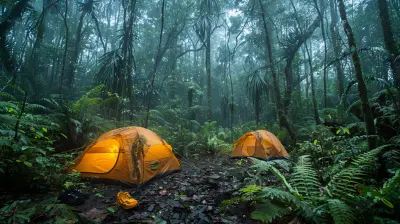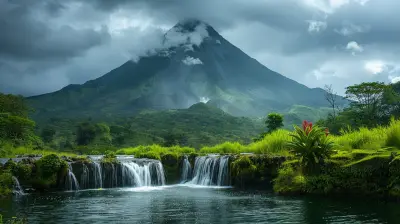Discovering Japan Beyond Tokyo: Rural Adventures Await
18 August 2025
When people think of Japan, they often picture the neon lights of Tokyo, the hustle and bustle of Shibuya, or the iconic view of Mount Fuji towering in the distance. Don’t get me wrong—Tokyo is incredible. But if you stop at the capital, you’re only scratching the surface of what Japan has to offer. Let’s take the road less traveled—literally—and dive into the heart of Japan’s rural landscapes, charming villages, and off-the-beaten-path gems.
Ready to swap skyscrapers for rice paddies and sushi trains for farm-to-table feasts? Let’s get our boots dirty and explore rural Japan together. Trust me, the real soul of the country lives beyond the city lights.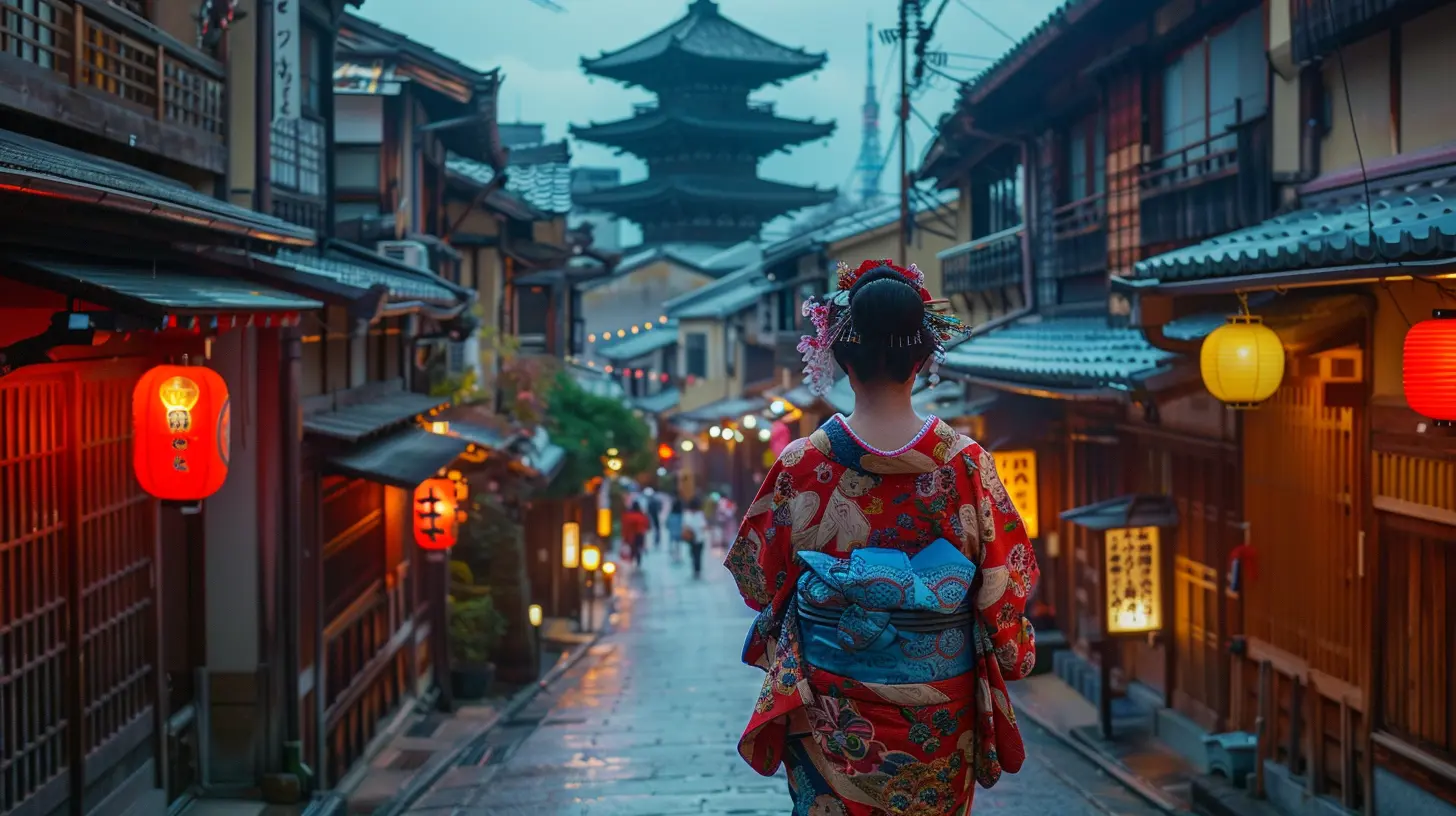
Why Go Rural in Japan?
Sure, big cities show off Japan’s futuristic flair, but the countryside? That’s where the magic hides. Think of rural Japan as a well-kept secret. It’s quiet, authentic, and absolutely dripping with tradition.Peace, Culture, and Connection
In the countryside, time seems to slow down. Locals smile at strangers, traditions are well-preserved, and nature wraps around you like a cozy blanket. You get to taste home-cooked meals, stay in 200-year-old houses, and maybe even join a harvest festival if you’re lucky.Avoiding the Crowds
Let’s be honest—Tokyo can be overwhelming. If you’re craving wide-open spaces, fresh mountain air, and a bit of peace and quiet, the rural regions are calling your name. And the best part? You're unlikely to bump elbows with crowds of tourists every step of the way.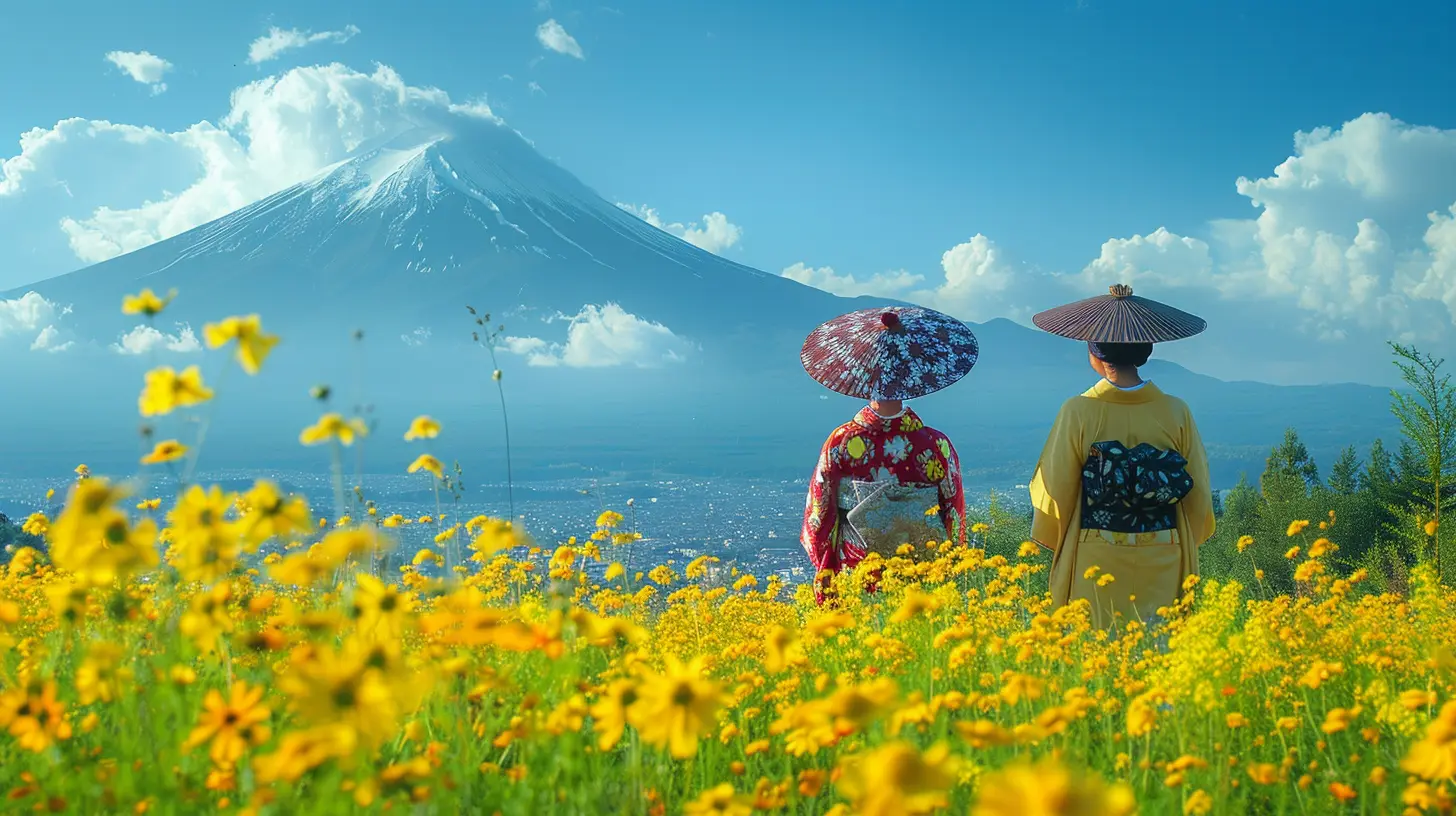
Hida-Takayama: Little Kyoto in the Mountains
Nestled in the Japanese Alps, Hida-Takayama is pure charm. It blends the elegance of historical architecture with the simplicity of small-town life.Strolling Through Sanmachi Suji
This preserved old town looks like it was frozen in time. Wooden merchant houses from the Edo period line the streets, many now turned into sake breweries, shops, and little cafes. The scent of grilled Hida beef wafts through the crisp mountain air—yes, it’s just as delicious as it sounds.Morning Markets and Local Goods
Each morning, Takayama hosts vibrant street markets. Locals sell everything from handmade crafts to fresh produce straight from the mountains. It's the perfect place to grab a unique souvenir and chat with friendly stall owners.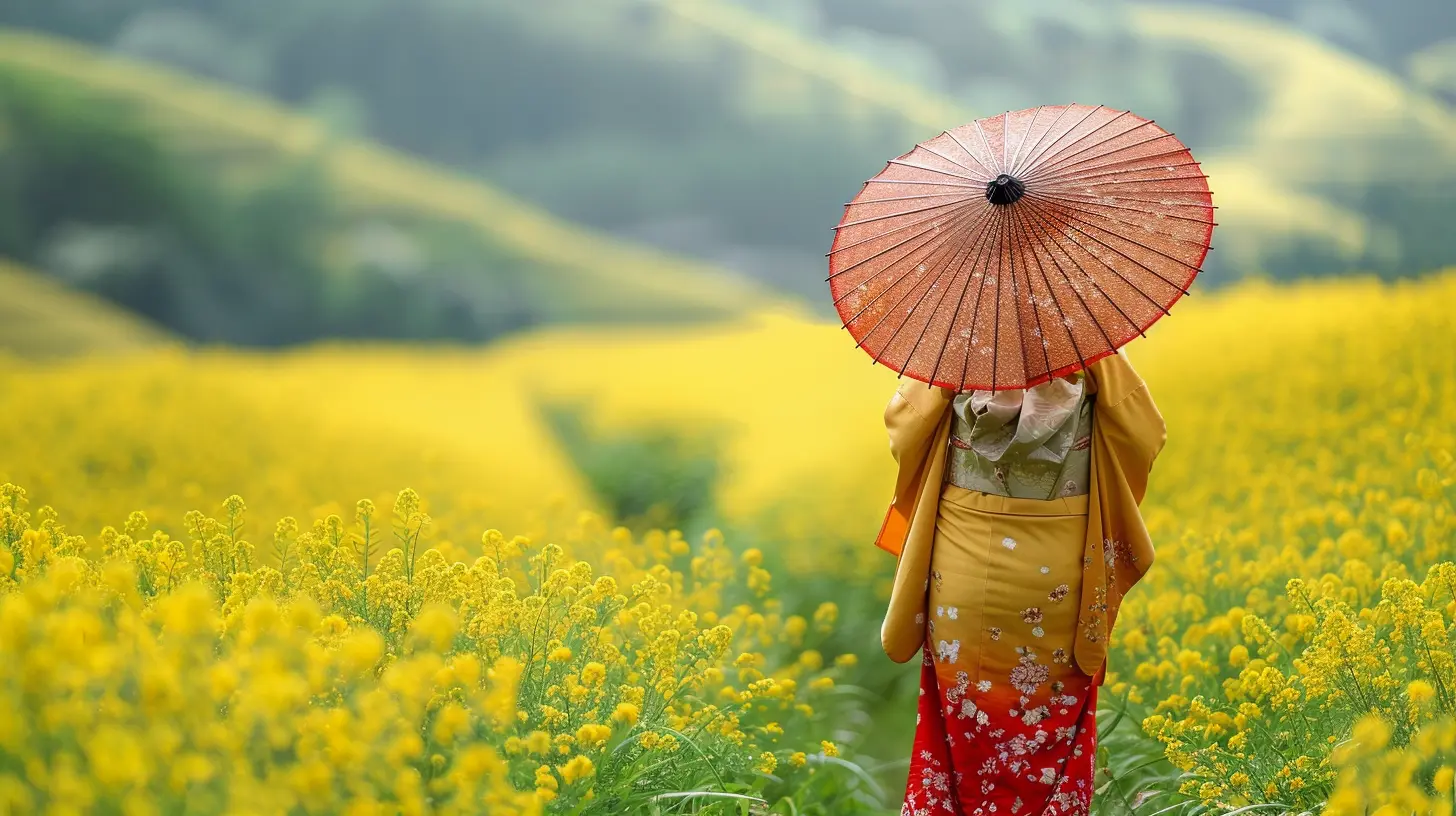
Shirakawa-go: A Snowy Fairytale Village
Ever seen those postcard-perfect villages with steep thatched-roof houses buried under snow? That’s Shirakawa-go.Gassho-Zukuri Architecture
The houses here are built in a “praying hands” style (that’s what gassho-zukuri means), designed to withstand heavy snowfall. Some are over 250 years old! Staying overnight in one of these traditional farmhouses is like stepping into a living museum—with cozy futons and a warm hearth included.Winter Wonderland or Green Paradise?
Whether you visit in the ethereal quiet of winter or the lush green of summer, Shirakawa-go is breathtaking year-round. And let’s be honest, who wouldn’t want to sip hot tea in a 19th-century farmhouse as snow softly falls outside?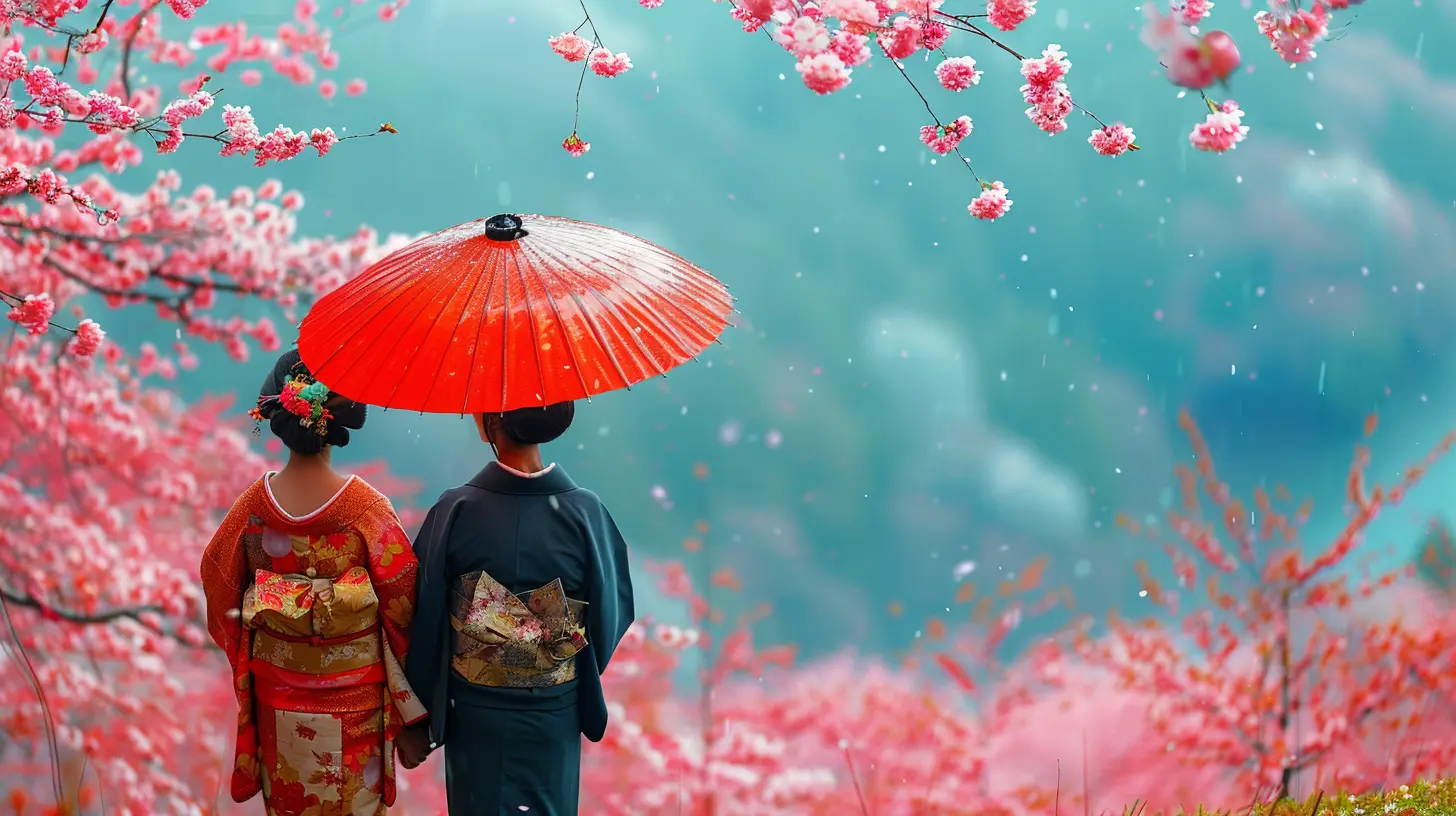
The Nakasendo Trail: Step Back in Time
If hiking through living history sounds like your thing, the Nakasendo Trail is perfect. It was once a samurai highway linking Kyoto and Tokyo.Post Towns Like Tsumago and Magome
Walking from one post town to another, you’ll step through cobblestone paths and misty forests. You might even feel like a roaming ronin (a wandering samurai) as you pass by ancient inns and locals greeting you with a humble “konnichiwa.”Slow Travel at Its Best
No rushing here—this journey is about slowing down and soaking in every step. Take breaks in tea houses, savor local soba noodles, and chat with innkeepers about the history of this ancient route.The Iya Valley: Japan’s Hidden Gorge
Deep in the heart of Shikoku Island lies a place so secluded even many Japanese people haven’t heard of it.Vine Bridges and Steep Cliffs
The Iya Valley is rugged, raw, and deeply beautiful. Its iconic vine bridges, once used by samurai, still swing gently over rocky rivers. Crossing one? A pulse-quickener, but totally worth it!Onsen Bliss and Scenic Views
After a day of exploring, soak in a riverside onsen (hot spring)—nothing beats warm water and mountain views. Plus, the local hospitality here is top-tier. Even with limited English, the warmth of the people needs no translation.Rural Tohoku: Unspoiled Northern Japan
Tohoku is where you’ll find dense forests, serene lakes, and a rich culture shaped by rugged winters and tight-knit communities.Kakunodate: The Samurai District
Often called the "Little Kyoto of the North," this town has impeccably preserved samurai houses. Wander beneath cherry blossom trees in spring or fiery red maples in autumn. The seasonal colors here are next-level.Lake Tazawa and Nyuto Onsen
Imagine dipping into a secluded hot spring after hiking around Japan’s deepest lake. Sounds dreamy, right? Nyuto Onsen is known for its rustic, hidden baths beloved by those in the know.Kiso Valley: History Meets Nature
Another jewel along the Nakasendo route, the Kiso Valley is a beautiful blend of forested trails and centuries-old towns.Kiso-Fukushima and Local Flavors
This town was a checkpoint during the Edo period, and much of its history is still intact. Try gohei mochi (grilled rice cakes slathered in miso) and sip cold spring water that tastes like it came from the heavens.Forest Bathing with a Side of History
Shinrin-yoku, or forest bathing, began in Japan for a reason. The deep green forests here are healing. Mix that with historical towns and you’ve got a recipe for the perfect slow adventure.Mount Aso and Kyushu’s Volcanic Heart
Let’s hop to Kyushu in southern Japan, home to one of the world’s largest volcanic calderas.Active Volcanoes and Open Skies
Mount Aso is in a class of its own. You can literally stand on the rim of a live volcano and peer down into its steaming crater. It’s both humbling and awe-inspiring.Rural Farm Stays and Horseback Rides
The surrounding countryside is dotted with farms offering stays and local experiences. Wake up to crowing roosters, ride horses across grassy plains, and end your day with a locally prepared feast—fresh as it gets.Practical Tips for Exploring Rural Japan
Alright, let’s get real for a second. Heading into Japan’s countryside is incredible, but it helps to be prepared. Here’s what you should know:Language Barrier
English isn’t as widely spoken in rural areas. But don’t worry—Google Translate, a friendly attitude, and a few Japanese phrases go a long way.Transportation
Some of these places are remote. Trains might not run frequently, and buses can be sparse. Renting a car? Great idea. Or plan ahead and enjoy the journey as much as the destination.Cash is King
While Tokyo is going cashless, rural areas still rely heavily on physical yen. Hit up an ATM before you leave major cities. Better safe than yen-less.The Real Japan Lies in Its Corners
So, what’s the takeaway? Rural Japan isn’t just worth visiting—it might just become your favorite part of the trip.It’s authentic. It’s peaceful. It’s where everyday life unfolds among rice fields and ancient temples, far away from the chaos of city life. You’ll meet people who’ve lived in the same village their whole lives. You’ll taste flavors hand-prepared from generations-old recipes. You’ll come away with stories no tourist brochure can offer.
If you're ready to connect more deeply with Japan—its people, its traditions, and its awe-inspiring natural beauty—then lace up your walking shoes and head into the countryside.
Sometimes, to truly find a place, you’ve got to leave the map behind.
all images in this post were generated using AI tools
Category:
Asia TravelAuthor:

Kelly Hall
Discussion
rate this article
1 comments
Kalani Navarro
Exploring Japan's rural treasures offers a unique glimpse into its rich culture, breathtaking landscapes, and warm hospitality. Embrace the slower pace and discover the hidden gems that define the heart of this beautiful country.
August 25, 2025 at 3:17 PM

Kelly Hall
Thank you for capturing the essence of rural Japan! Its charm truly lies in the culture, landscapes, and hospitality waiting to be explored.
